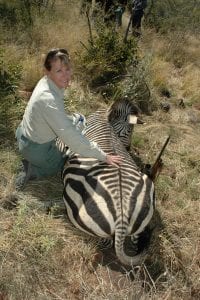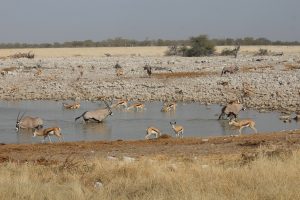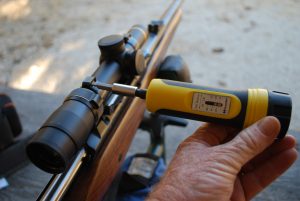Is African game really as tenacious as they say?
Legend has it that
African animals are especially tough, hardier and more tenacious than
game anywhere else. It is true that African animals live with a full suite of
predators, so they tend to be keyed up, but it depends on the species. The
impala, for example, is always very nervous and wary. The blesbok, which
often shares its range, is more trusting. Although prolific, it’s difficult to
introduce blesboks into areas that have cheetahs or leopards–they get eaten
faster than they can reproduce.
I think tenacity or “toughness” varies from species to species. As a blanket statement, I think the toughness of African game is hogwash. However, it’s always a matter of shot placement, a proper hit from a cartridge of adequate power and, more importantly, with a bullet that delivers sufficient penetration. With poor shot placement, any animal anywhere can give you a bad day. As an example, blesbok cannot be considered tough, but I remember a couple of long tracks on poorly hit blesbok.
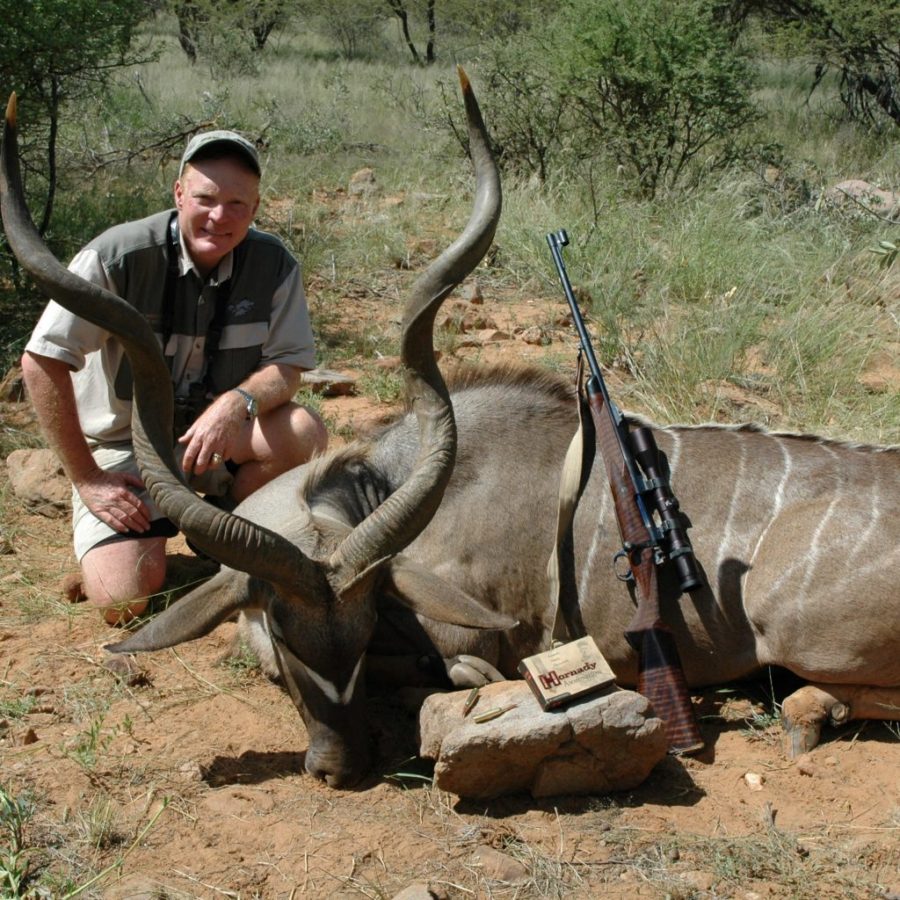
The kudu is a widespread antelope;
I’ve seen dozens taken, and they are not tough, generally succumbing easily to
any reasonable hit into the vitals. However, and I’m certainly not proud of
this, I lost the best kudu I ever got a shot at. He dropped in his tracks to a
9.3x74R, but I knew I’d pulled the shot high, into that “no man’s land” in the
top of the shoulder. We were running to him, but got trapped in tall brush. He
got up, went over a ridge, and was gone. The blood spoor was good at first, and
then petered out. Although we searched for three days, that was the last ever
seen of that kudu.
Were that my only
experience with a greater kudu I might rate them as almost bullet-proof, but
they are not. I was using plenty of gun, plenty of bullet, and the kudu is not
one of the tough ones. I blew the shot and, many years later, I still have to
live with that tragedy.
Some African species are especially tough. Pound for pound, the impala is as tough as they come. A poorly hit impala will go forever. But it’s silly to talk about the toughness of a 150-pound antelope. Hit him on the shoulder—as your PH will exhort you to do—with anything from .243 upward (and a good bullet) and he is yours. Hit him poorly with anything and you’re likely to have a long day.

Mind you, I do believe in
bullet energy, and in caliber and bullet weight. But it’s impossible to be
definitive about exactly how much is needed. A generation ago, Colonel
Townsend Whelen theorized one should have 1,000 foot-pounds energy at impact on
deer-size game. The impala is the size of a small whitetail buck. African
buffalo are also tough. A bull might weigh 1,500 pounds, ten times the size of
an impala. Does Whelen’s theory suggest we need 10,000 foot-pounds of energy
for buffalo? I hope not, because no standard sporting cartridge can deliver!
I don’t honestly know if
elephants are “pound-for-pound tough” or not, but they have an awful lot of
pounds. A big Botswana bull can be 90 times heavier than an impala. But
we know that field artillery isn’t required to cleanly take pachyderms. It’s
more about shot placement and adequate penetration from a proper bullet for the
game. However, there are very tough African animals in sizes small, medium,
and large.
Opinions vary, but to me
the cats are not tough; they are thin-skinned and comparatively light-boned,
and succumb readily to a well-placed bullet. There are two things to keep in
mind: First, both lions and leopards are highly skilled hunters, predators
rather than prey. So, it’s in their nature to turn the tables. Second, one must
always keep in mind that bad things can happen if you mess up the shot. Even
so, I don’t consider the great cats as “tough game.”
The thick-skinned
dangerous game must be considered tough just because of sheer size. Among
buffalo, elephant, hippo, and rhino, only buffalo are commonly hunted with
expanding bullets. The rest are generally hunted with solids. They probably
cannot be overwhelmed with foot-pounds, so the object is to penetrate and
disrupt heart, lungs, brain, or spine. Bullet penetration is an absolute
essential, but so is shot placement.
Africa’s only large non-dangerous
animals are giraffe and eland. A bull giraffe is huge, as heavy as a rhinoceros,
and with thick skin. Although on license in some areas and culled where
overpopulated, the giraffe isn’t always considered a game animal. Even so, sheer
size suggests larger calibers and shot placement is tricky, with the heart and
lungs farther forward and higher than in most quadrupeds.
The eland is Africa’s
largest antelope, twice the size of its closest competitor. A really big bull
can exceed a ton, and thus outweighs any buffalo by about 25 percent. Any
animal this big deserves respect. Throughout Africa, the common and most
recommended choice is a .375, also the common and most recommended choice for
lion, but for altogether different reasons. A poorly hit eland can cover a lot
of ground and may be difficult to recover. The real key, however, is a
heavy-for-caliber bullet that will penetrate the massive shoulder and reach the
chest cavity. Shot placement, as always, is essential, but despite its size, I
don’t consider eland among Africa’s tough game.
There are, however, a
number of “medium-size” animals that, in my experience, are very tough. There
is some disagreement about which is Africa’s second-largest antelope. Some
references say it’s the roan. With the largest western race, weights up to 800
pounds are possible for big bulls. However, outsized greater kudu bulls can
also reach that weight. I estimated a huge-bodied bongo I shot in Congo at 800
pounds, and Kenya bongo bulls I’ve seen in captivity suggest that this variety
is bigger. That same 800 pounds is a normal weight for a big zebra stallion.
So, collectively, bongo, kudu, roan, and zebra are Africa’s second-largest
non-dangerous game animals–and the largest of what I think of as “medium-size”
African game.
I’ve already said that I
don’t consider kudu especially tough. Nor are bongo, except that, when wounded,
a bongo is very likely to charge. So might any cornered animal; I’ve heard two
tales of hunters fatally drilled when following up kudu bulls. The little
bushbuck is notorious for being dangerous when wounded, but I don’t consider
any of the spiral horns “tough.”
Zebra, on the other hand,
are strong and tenacious. A zebra will succumb readily to a heart/lung shot
with a decent bullet, but you don’t have a lot of leeway: A marginally hit
zebra will just keep going as long as it can, and that can be a very long way.
Best, always, is to center the shoulder.
The roan is also very hardy, but that applies equally to all of his cousins: The entire sable/roan/oryx family. The roan just happens to be the largest; they’re all among the “tough” game. They are also all what we might call “fierce antelopes.” They know how to use their horns, for defense as well as breeding battles. When any of this group is down, approach carefully and stay out of reach of those sharp horns until you’re certain the animal is finished.
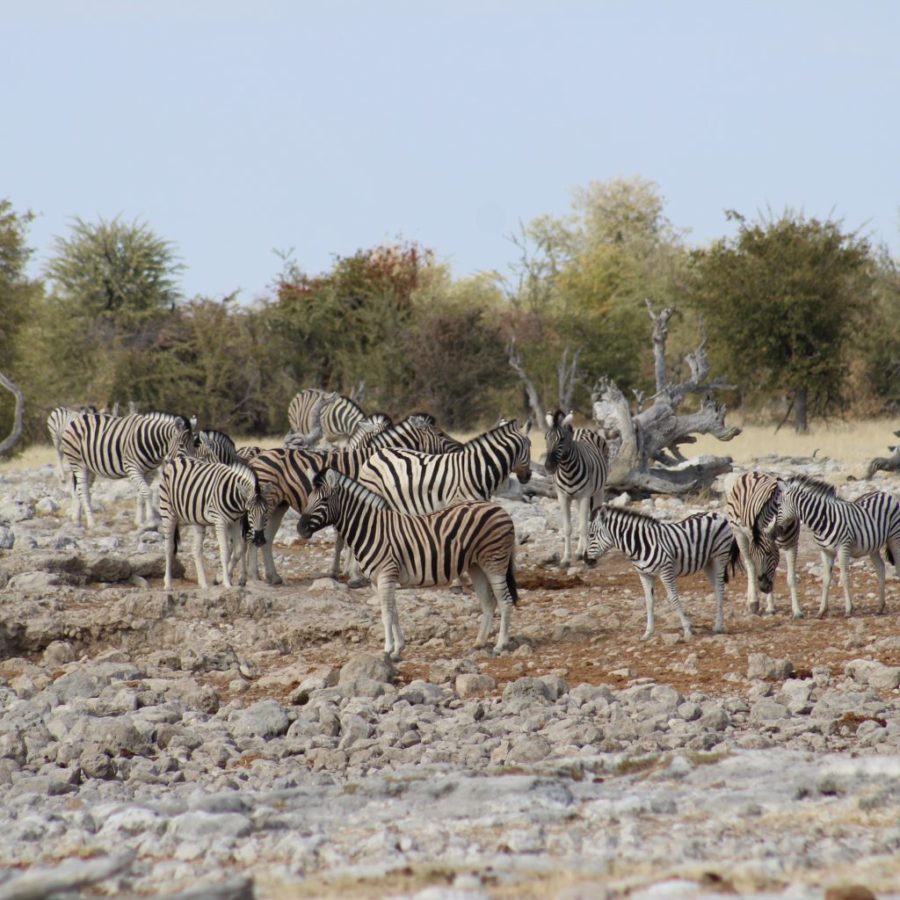
This group, along with
the greater kudu, has in common a spine that dips down at the shoulder with
long dorsal projections. These create a hump behind the neck and the appearance
of a very broad, tall shoulder that is really an optical illusion. There is a
great tendency to shoot too high, which may stun the animal but will not keep
it down. On almost any quadruped on Earth the ideal shot placement with a
broadside presentation is on the center of the shoulder, one-third up from the
brisket-belly line. In most cases halfway up is also okay, but with the
sable/roan/oryx clan you’re asking for trouble if you slip above that halfway
point.
Another antelope that
almost defines toughness is the wildebeest. A big blue wildebeest bull will
easily weigh 500 pounds, strongly built, and buffalo-stubborn, with no sense of
when to quit. Of all the non-dangerous game, poorly hit wildebeest have led me
on the longest and most desperate tracking jobs.
There are obvious differences between gemsbok, sable, and wildebeest, all up to perhaps 500 pounds, and the larger roan and zebra. However, cannons are not required. All can be taken just fine with 6.5mms, 7mms, .270s, and .30-calibers. Just mate them with good bullets that will both expand and penetrate. Even these tougher animals are no tougher than a mature whitetail buck, and none of them are bigger or tougher than a big bull elk. I go up and down the cartridge scale and usually lean toward the .30s, but both of my daughters have taken most of these tough animals with 7mm-08s and 140-grain bullets. It’s always about shot placement, and with the tough stuff you must be extra-careful.
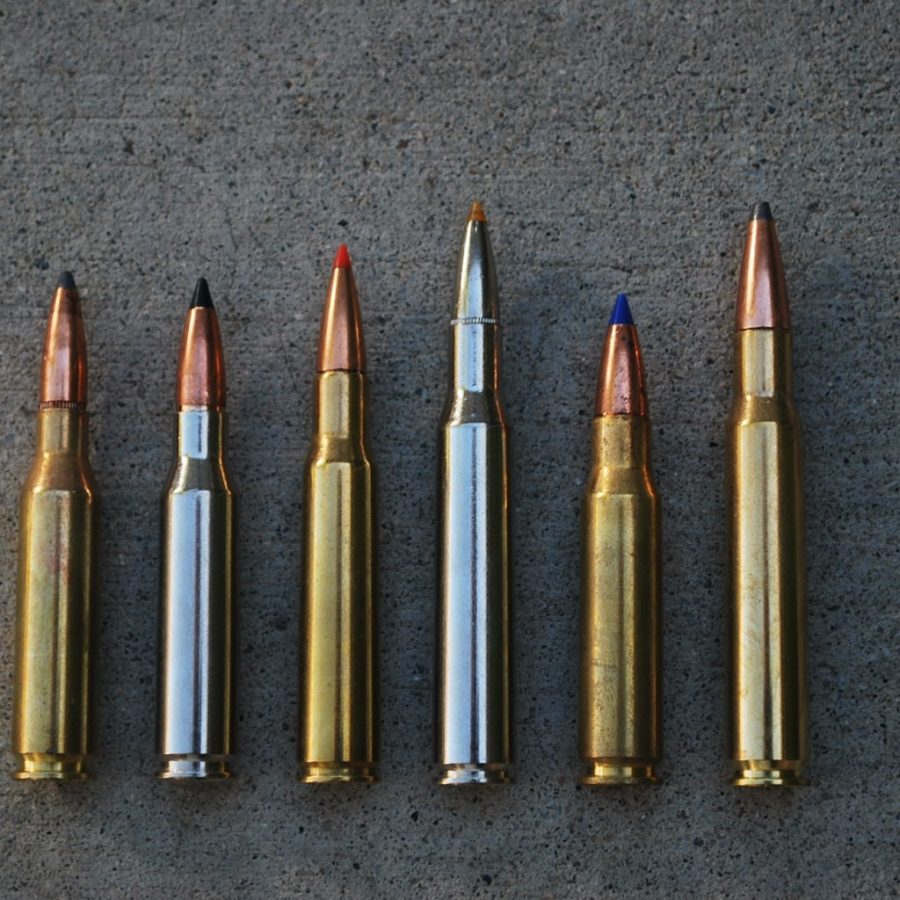
The views expressed by the editors, authors or users of this linked article are expressly theirs, and do not necessarily reflect the policies or opinions of Dallas Safari Club, its employees, members or assigns. Any concerns about a site user’s post should be addressed appropriately to that person. Any concerns about an advertiser, a user or any content on this site should be addressed to social@dscnortheast.org.

